
Anime is full of competitions, from school sports days to intense underground fights, and these contests often have incredibly detailed and unique rules. The most memorable ones aren’t just about finding a winner; they influence how characters fight, who teams up with whom, and what’s at stake in the story. Here are twenty tournaments where the rules are so important, they almost feel like characters themselves, dictating the entire competition.
‘Yu Yu Hakusho’ (1992–1995) – Five-on-five team duels with a “best of five” win condition
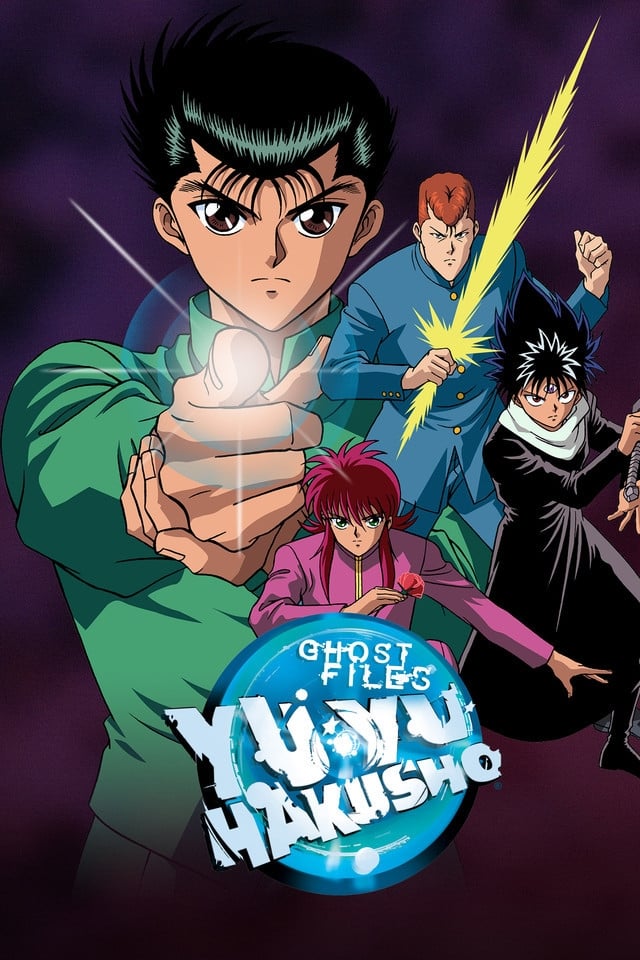
The Dark Tournament is a team competition where five-person teams battle it out. The first team to win three matches moves on. Team captains decide the order their fighters compete, letting them plan strategic matchups and swap players between rounds. A match ends when someone is knocked out, forced out of the ring, or gives up. The demon referees make the final calls during each fight, and their decisions are absolute. While the crowd or dangerous parts of the arena can sometimes play a role, the official results only change if a referee immediately reverses a foul call.
‘Naruto’ (2002–2007) – Promotion decided by performance, not just winning

The Chunin Exams end with individual battles, but supervisors can stop a fight if someone gets seriously hurt or breaks the rules. Fighters can also choose to give up at any time, and medics are available to treat injuries between matches to keep things on schedule. Passing isn’t just about winning fights; judges also consider things like strategy, how well someone leads, and how they handle stress. The list of fighters and their matchups is shown publicly, and after the first round, the order of fights is mixed up randomly.
‘Dragon Ball’ (1986–1989) – Ring-out and ten-count define victory

The Tenkaichi Budokai takes place on a raised platform. If a fighter steps outside of it, they automatically lose. If a fighter is knocked down during the match, they have ten seconds to get back on their feet or they’re disqualified. Fighters aren’t allowed to use deadly force or weapons, and a referee makes sure everyone follows the rules. The competition starts with preliminary rounds to narrow down the field, and then the final fighters battle each other one-on-one on the main stage.
‘Dragon Ball Z’ (1989–1996) – Separate Junior and Adult divisions with the same strict ring rules

The World Martial Arts Tournament now includes a Junior Division with quick, elimination-style matches leading to a final showdown. Adult competitions will still be decided by knocking opponents out of the ring, traditional knockouts, or submissions, all overseen by a referee. If a match ends in a tie or with both fighters out of the ring, a rematch or special decision will be made to keep the tournament moving. To compete, participants must register at the event and win preliminary matches before entering the main tournament bracket.
‘My Hero Academia’ (2016–present) – Multi-stage format mixing obstacle race, cavalry battle, and duels

The U.A. Sports Festival begins with an obstacle course open to all participants, and their finishing positions earn points for the next round. The second round is a team-based cavalry battle where groups try to capture headbands representing points earned from previous performance. Finally, the festival culminates in a one-on-one tournament, where teachers can stop matches if they become too dangerous. Students are allowed to use their Quirks within the event area, and they have limited time to prepare for each match.
‘Kengan Ashura’ (2019–2023) – Corporate-sponsored “anything goes” bouts with medical oversight
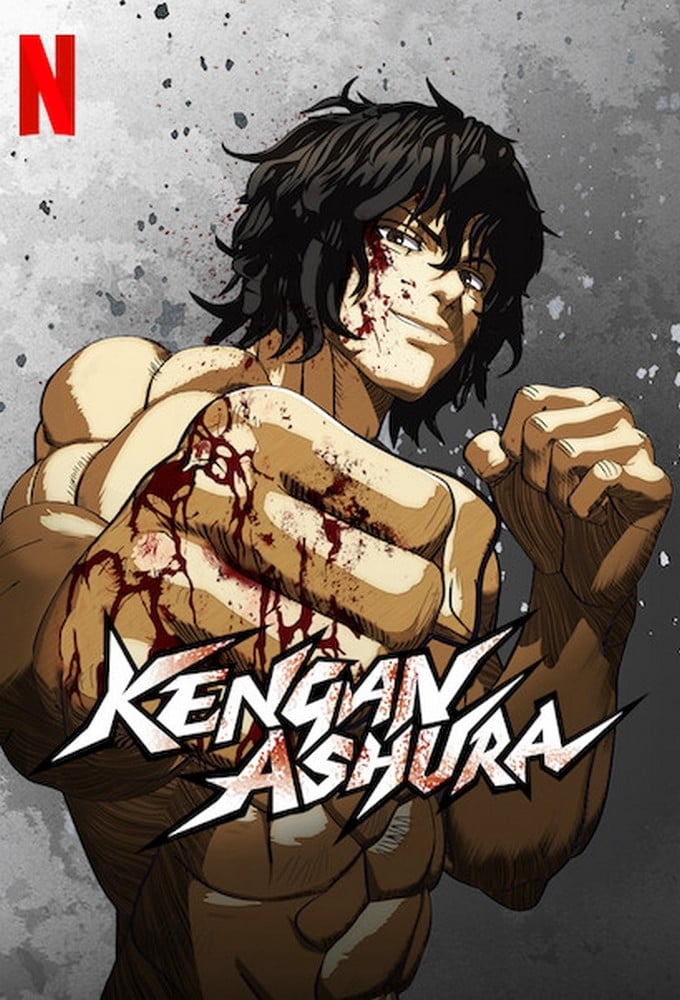
The Kengan Annihilation Tournament features fighters who compete on behalf of their companies, and the results of matches can directly impact business deals. Fighters are allowed to use any technique – striking, grappling, or other tactics – as long as they stay within the arena. A match ends when a fighter is knocked out, gives up, or the referee stops the fight, and medical personnel are always present. An organizing committee creates the tournament brackets, and the fights take place on a secure, private island.
‘Baki’ (2018–2021) – Invitation-only Raitai Tournament with barehand rules

The Raitai Tournament brings together Chinese martial arts experts, overseen by an organizing body that manages the competition and ensures fair play. Fighters compete without weapons or protective equipment, and matches are won by knockout, when a fighter gives up, or if they can’t continue. International competitors can participate by invitation and follow the same rules. The tournament focuses on skill, physical fitness, and stamina, as there are no weight divisions or protective gear allowed.
‘Fate/Zero’ (2011–2012) – Seven-team battle royale governed by Command Seals

The Holy Grail War involves seven participants, called Masters, who each summon a powerful Servant to fight alongside them. Masters use special Command Seals to give their Servants direct orders. The war is kept secret, and neutral observers work to limit any unintended consequences. The fighting continues until only one Master and Servant team is left, and the Holy Grail then chooses the winner. Masters can use defenses like magical boundaries, familiars, and agreements, as long as they respect designated neutral areas.
‘Yu-Gi-Oh! Duel Monsters’ (2000–2006) – Star chips and field power bonuses define tournament progress

In the Duelist Kingdom tournament, players earn star chips by winning duels, and these chips are needed to advance to the final rounds. The early duels take place on fields with special terrain that can increase a monster’s power depending on its location. Before each duel, players announce how many chips they’re wagering, and the loser transfers those chips to the winner. Tournament officials oversee the duels, confirming the results and making sure all finalists have enough chips to compete.
‘Beyblade Burst’ (2016–2023) – Point system with distinct victory types, including the “Burst Finish”
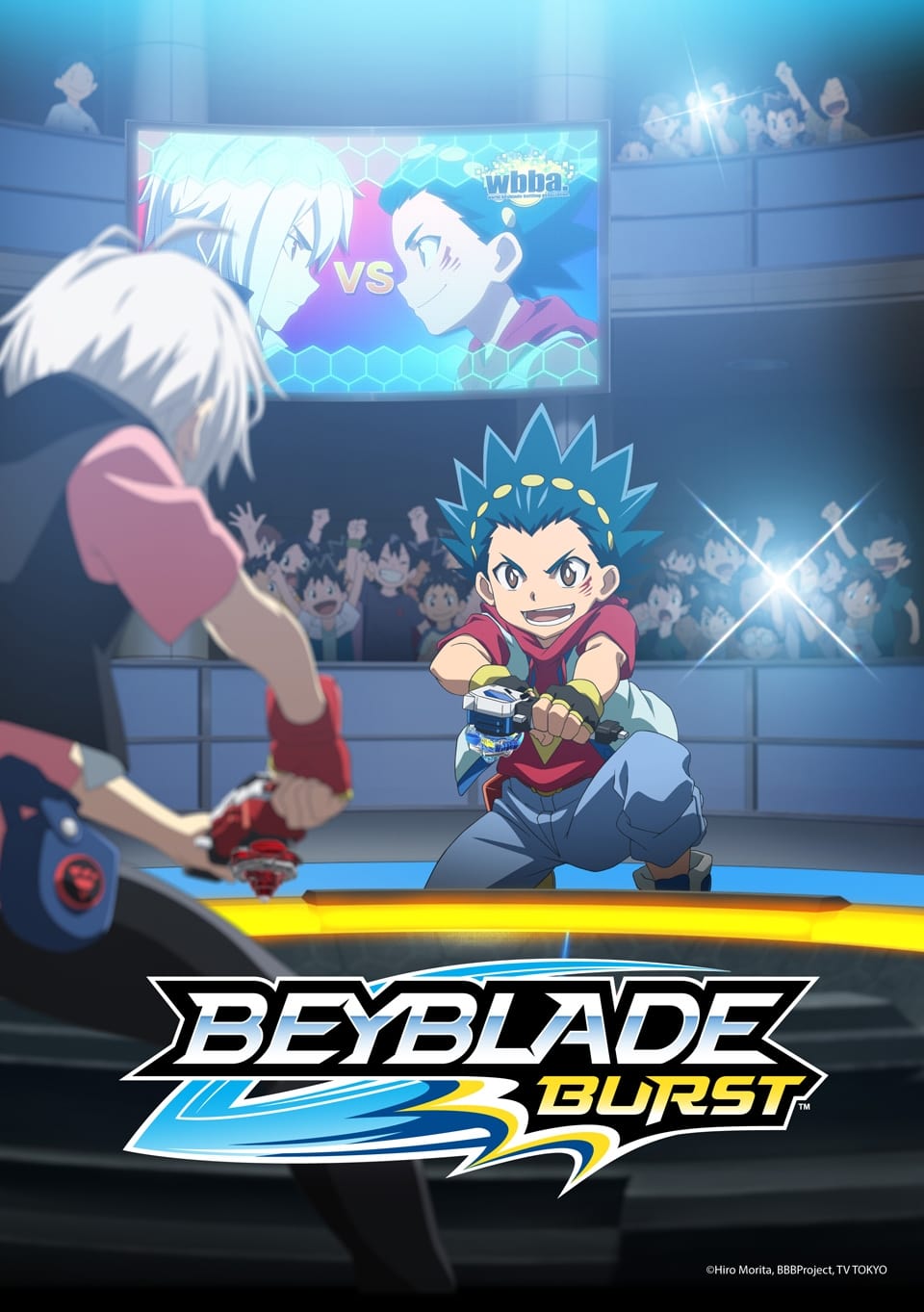
Matches award points based on how they end: getting a ‘Burst Finish’ earns two points, while a ‘Ring Out Finish’ or ‘Survivor Finish’ each give you one. Tournaments usually require players to win two or three matches, depending on how far they’ve progressed. The way the game starts and the arena are always the same, and referees make the calls on hits and whether the ball goes out of bounds. Players can customize their equipment as long as it follows the rules, and officials check everything before each match to make sure it’s legal.
‘Food Wars! Shokugeki no Soma’ (2015–2020) – Theme-limited cook-offs with panel judging

The Autumn Elections challenge cooks to create dishes based on a specific theme or ingredient, all while racing against the clock. A panel of judges evaluates each dish on its taste, how well it’s made, and how closely it follows the theme. In the beginning, cooks aren’t eliminated directly, but are ranked against each other. Later rounds move to a bracket-style competition. The organizers set clear rules for what kitchen tools are available, what ingredients can be used, and how much time cooks have to plate their dishes at each stage.
‘The God of High School’ (2020) – Wish-granting tournament with evolving rules and team phase
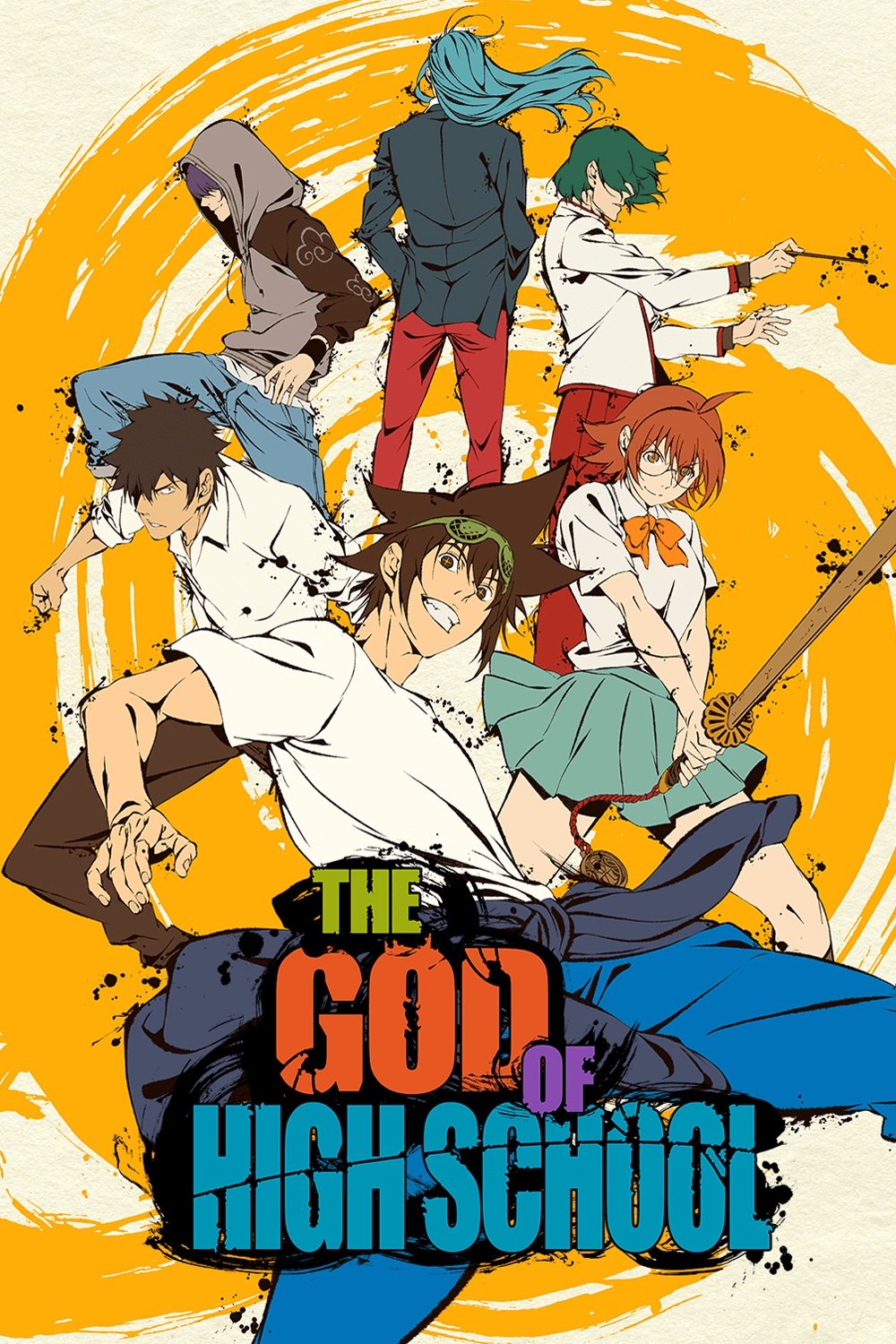
The competition begins with individual fights, letting competitors use all sorts of martial arts and weapons, overseen by a referee. As it progresses, fights become three-on-three team battles, demanding teamwork and specific roles for each fighter. A match is won by knockout, submission, or a judge’s decision if the time runs out. Before the competition, organizers verify each fighter’s skills and allow limited use of supernatural abilities through official contracts.
‘One Piece’ (1999–present) – Block battle royales leading to a finals bout for a single prize

As a huge fan of these cinematic showdowns, the Corrida Colosseum works a bit differently. They divide everyone into groups – labeled with letters – and it’s a last-person-standing free-for-all in each one. If you’re eliminated – either by leaving or getting knocked out – you’re out of the tournament. The winners of each group then move on to a final battle for the grand prize, which is attracting competitors from all over the world. The Colosseum staff lays down the rules beforehand and they’re the ones who handle any disqualifications or if a match ends in a tie.
‘MEGALOBOX’ (2018–2021) – Gear-enhanced boxing with ranking-based entry to the championship

As a huge fan of Megalonia, what really draws me in is the focus on Gear – fighters practically need to use these mechanical suits unless they get a special pass. Every match is legit, overseen by officials, and you don’t just jump in – you have to earn your rank by fighting other licensed competitors. A win isn’t just about brute force, either; it’s a knockout, a technical knockout, or a decision from the judges based on a standard scoring system. And the best part? They take safety seriously. Before every fight, fighters go through medical checks and their Gear gets inspected to make sure everything’s up to code. It’s a really well-regulated, exciting sport!
‘Kill la Kill’ (2013–2014) – School-wide ascension battles dictated by uniform tiers

The Naturals Election transforms the academy into a competitive arena where students battle to improve their rank. Battles are based on a tiered uniform system – the more stars a uniform has, the stronger the abilities, but with specific limitations. The student council controls how these challenges work, setting time limits and defining what it takes to win in each area. A student’s performance instantly affects their status, where they live, and what resources they can access, all based on clearly defined rules.
‘Pokémon’ (1997–present) – Badge-gated league with standardized six-on-six finals rules

To compete in a regional League, trainers must first win a specific number of Gym Badges by battling certified opponents. League matches usually allow each trainer to use six Pokémon, and the referee oversees any substitutions. If a Pokémon can’t continue battling, it’s considered fainted, and the trainer sends in another until they have no Pokémon left. Each stadium has unique rules regarding the environment or certain moves, and the process for handling ties is explained before every match.
‘Gundam Build Fighters’ (2013–2014) – Model damage settings and battlefield presets govern play
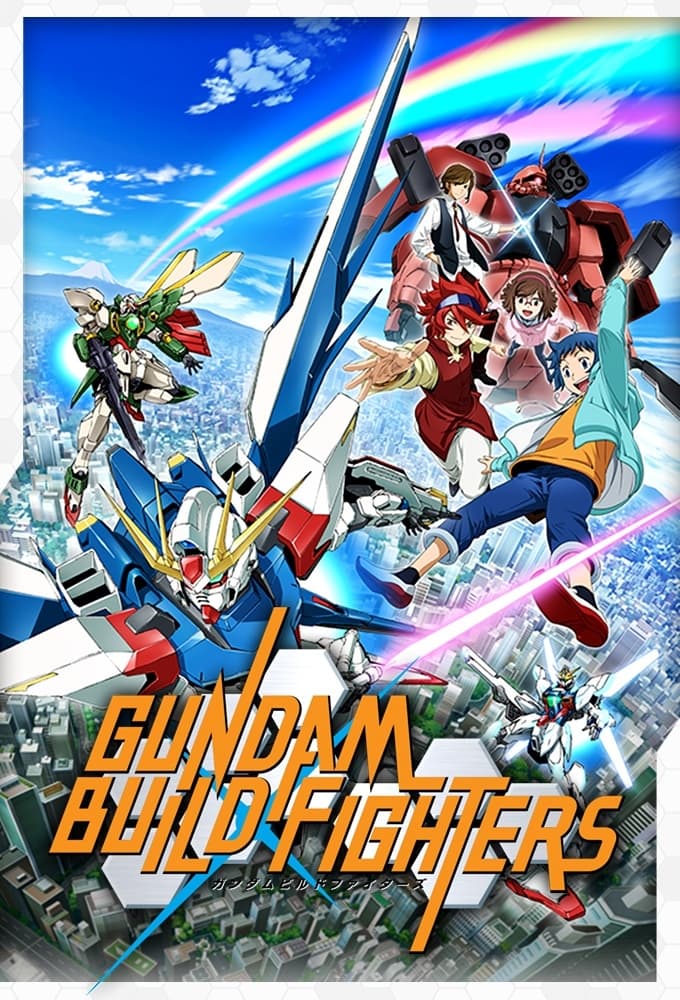
In Gunpla Battle, models come to life using Plavsky particles. Before a match, judges decide how much damage a model can take. Each battle starts with a scan to check the model’s parts and make sure it follows the rules. The fights take place in pre-chosen virtual arenas, each with different landscapes and strategic advantages. Players can’t interfere with battles or repair their models during a match, or they risk penalties or being disqualified.
‘Kakegurui’ (2017–2019) – Vote-chip economy drives an election through gambling matches

During the student presidential election, votes are turned into chips people can bet with in approved games. Candidates can challenge each other to matches, agreeing on the rules beforehand, but an election committee makes sure everything is fair. If someone wins a match, their winnings immediately add to their vote total, changing the official rankings. Players can also make formal agreements about bets and collateral before a game, and any disagreements are settled by designated judges.
‘Deadman Wonderland’ (2011) – Organ-stake duels with mandatory “penalty games”
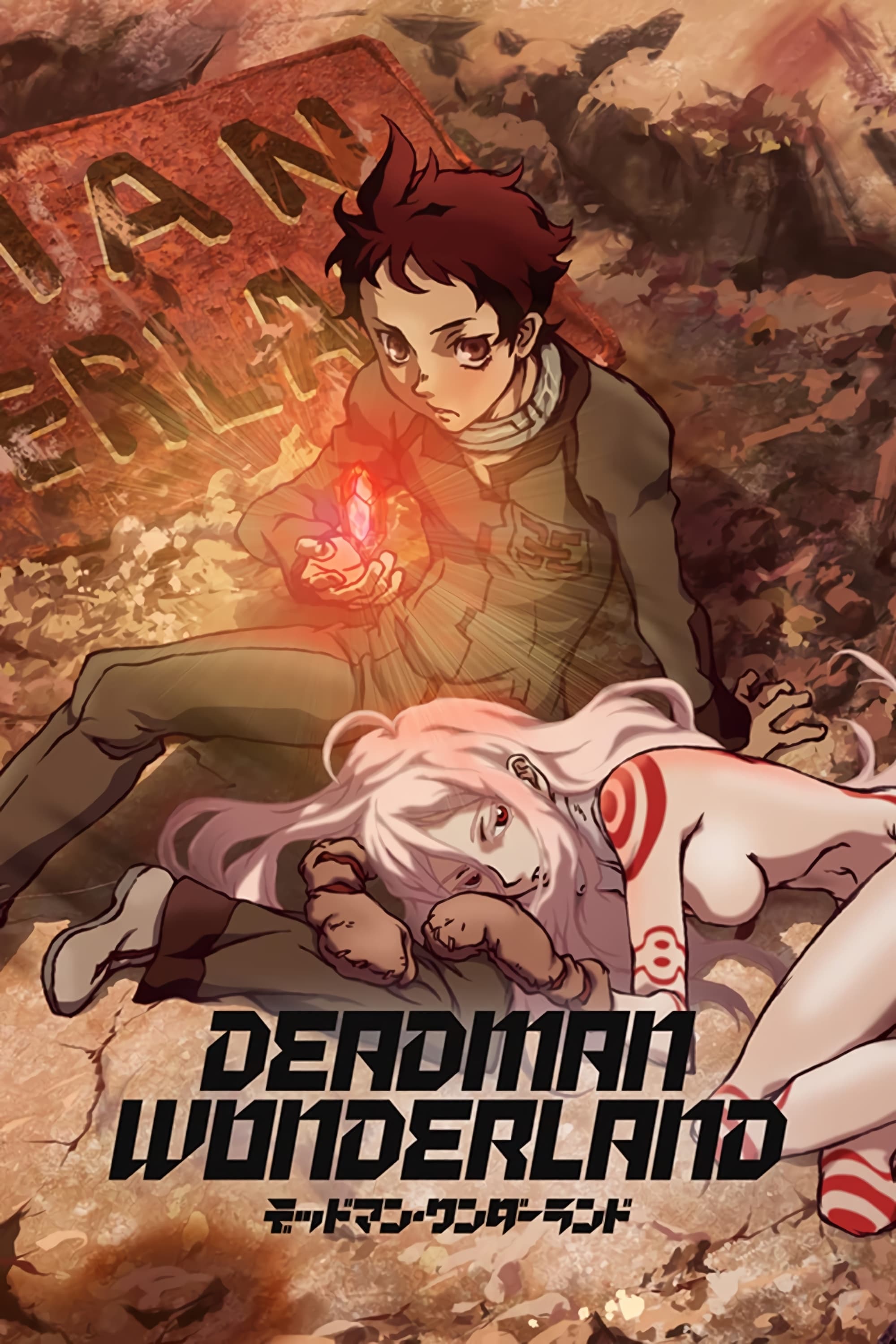
Carnival Corpse is a secret fighting tournament held within a prison. Inmates compete against each other while spectators gamble on the results. Fighters risk pieces of their bodies as collateral, agreeing to lose a specific body part if they’re defeated. A match ends when someone is knocked out, gives up, or is unable to continue, all overseen by a hidden referee. Those who lose must face a punishment related to what they wagered, carried out by the prison guards. The fights are filmed for wealthy viewers, and the fighters earn points they can trade for essential items.
‘Kaiji’ (2007–2008) – Limited-card “Restricted RPS” with star tokens and trading

Players begin with a hand of rock, paper, and scissors cards, along with star tokens which act as their lifeline in the game. Each match uses one card from each player, and the winner can earn a star token if both players agree. Players can trade cards and stars between matches, creating a way to improve their chances. When time runs out, anyone without enough star tokens or who still has cards left faces penalties, potentially being eliminated.
Share your favorite wild tournament rule in the comments—what ingenious setup did we miss?
Read More
- The Unexpected Triumph of Novo Nordisk: A Dividend Hunter’s Delight
- Gold Rate Forecast
- Top 20 Hilarious Conservative Comedians Ever, Ranked
- Группа Астра акции прогноз. Цена ASTR
- Сегежа акции прогноз. Цена SGZH
- Sadie Sink Spotted on the Set of ‘Spider-Man: Brand New Day’ for the First Time
- Most Famous Jackies in the World
- Robert Kirkman Launching Transformers, G.I. Joe Animated Universe With Adult ‘Energon’ Series
- TIA PREDICTION. TIA cryptocurrency
- AAVE PREDICTION. AAVE cryptocurrency
2025-11-04 11:17